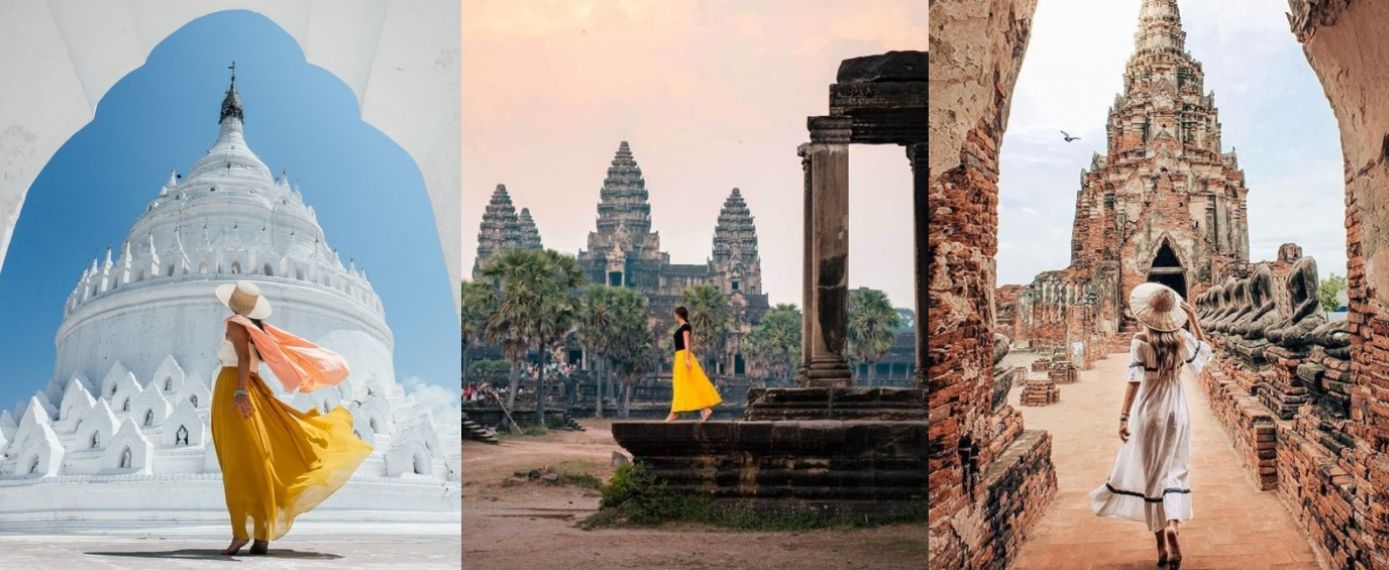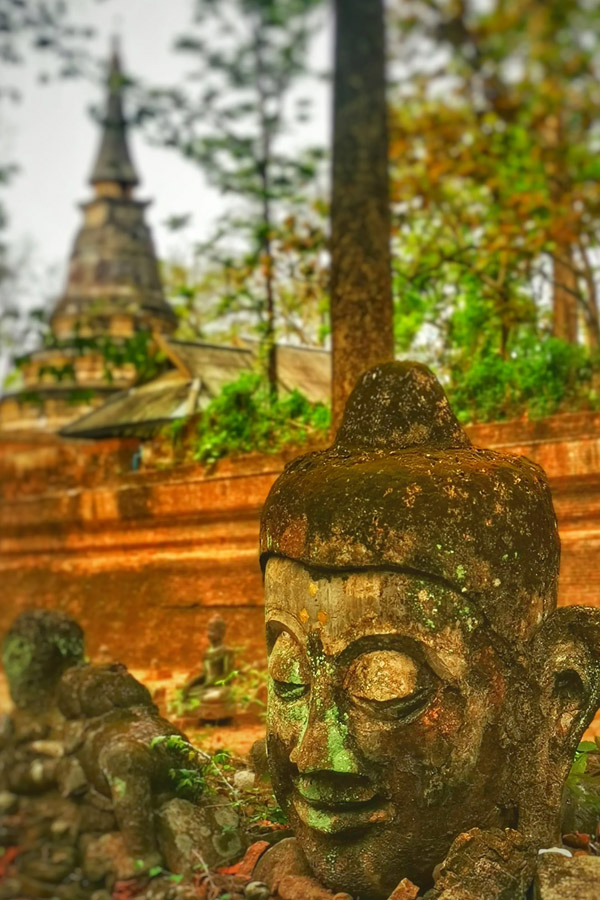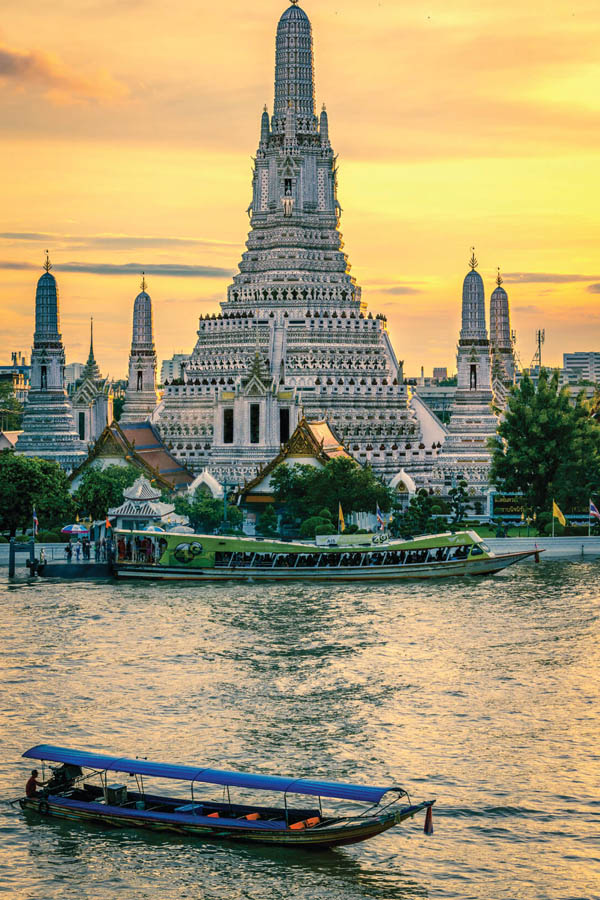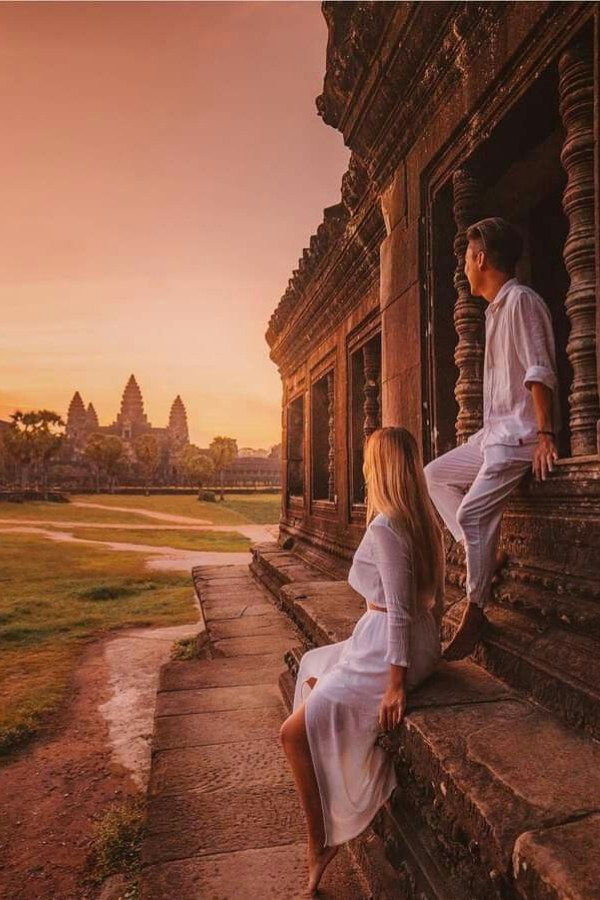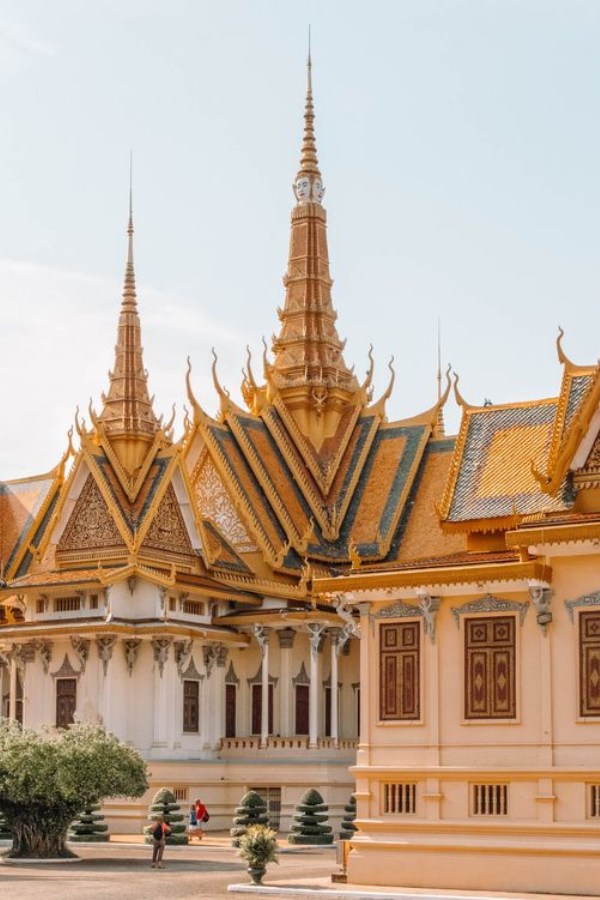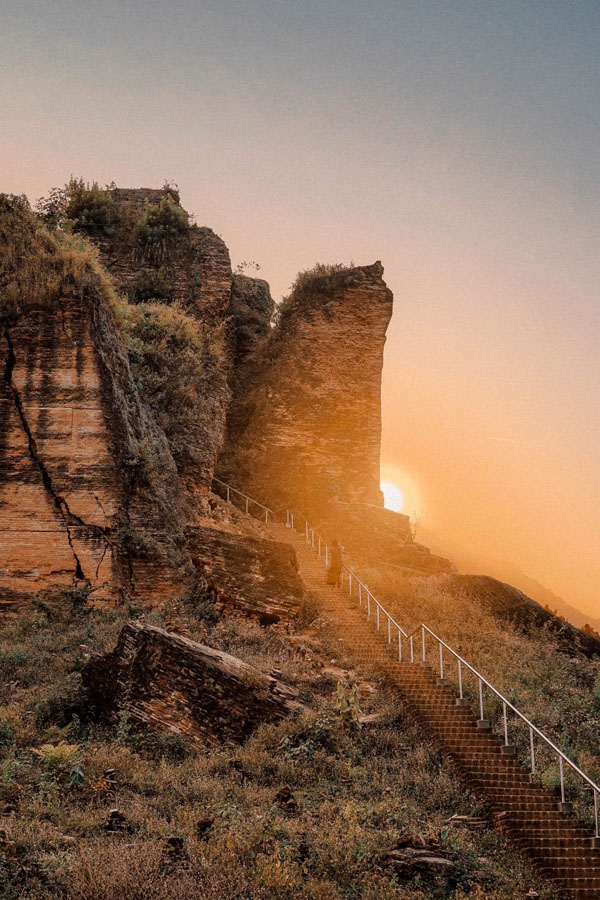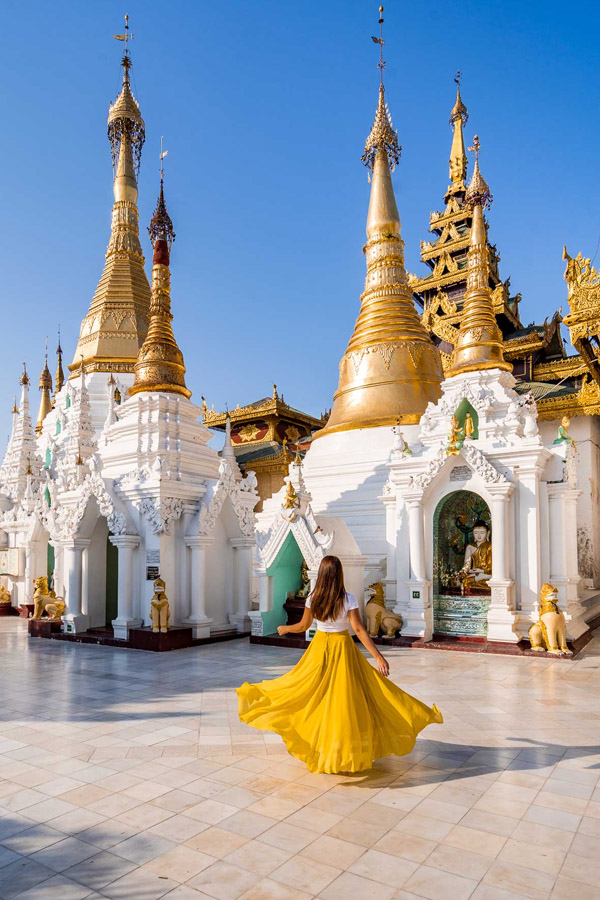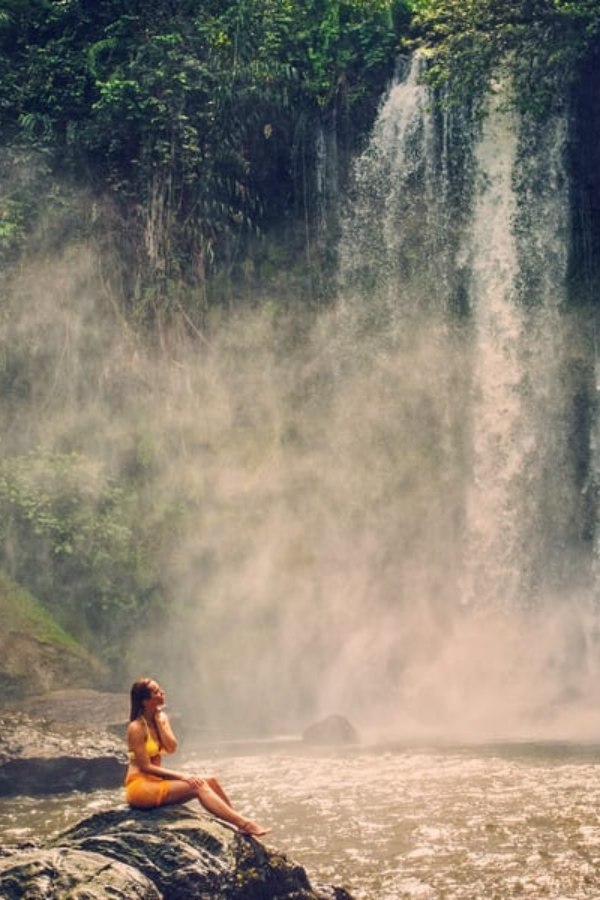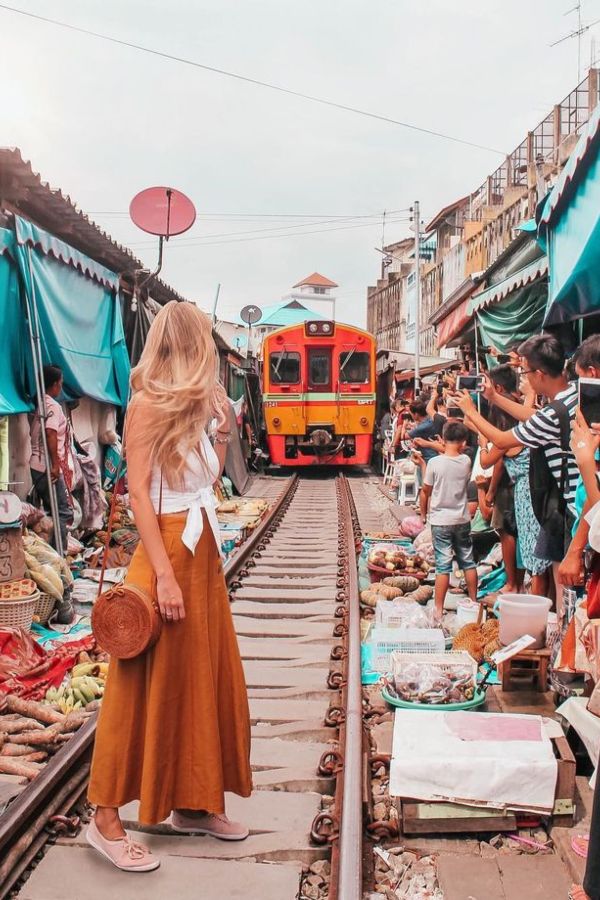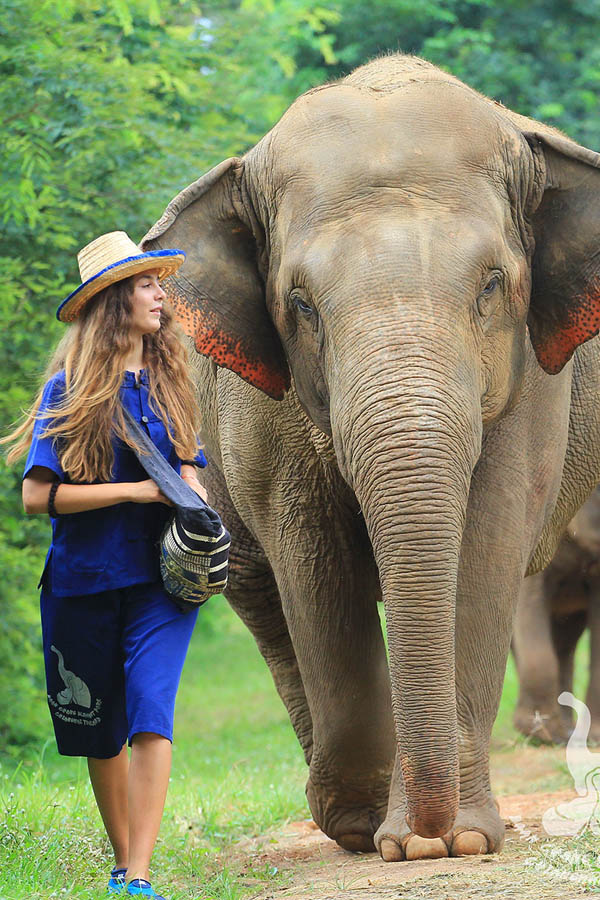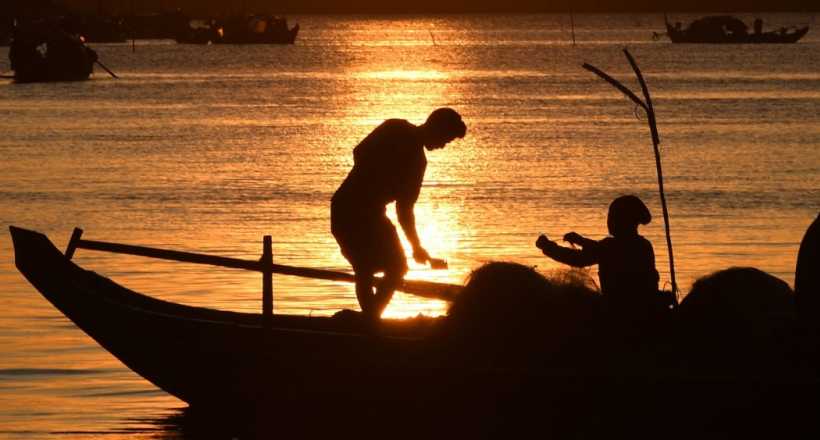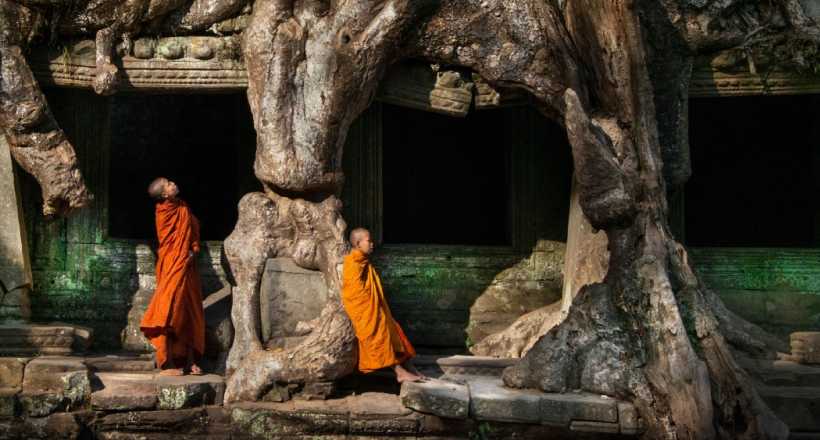
In just 15 days, embark on a grand tour around Southeast Asia, visiting Cambodia, Thailand, and Myanmar to discover their rich cultures and stunning nature. This journey provides a variety of activities that will leave you with lasting memories. Visit local markets, sample excellent cuisine, and engage with friendly people to immerse yourself in their way of life. Explore the well-known UNESCO-designated Angkor Wat complex. Step onboard a boat ride along the vibrant canals of Chao Phraya River. Learn about the gentle elephants in Chiang Mai. Witness the world’s largest unfinished pagoda in Mandalay and gilded stupas in Yangon. Join us for an exciting adventure around Southeast Asia.
In just 15 days, embark on a grand tour around Southeast Asia, visiting Cambodia, Thailand, and Myanmar to discover their rich cultures and stunning nature. This journey provides a variety of activities that will leave you with lasting memories. Visit local markets, sample excellent cuisine, and engage with friendly people to immerse yourself in their way of life. Explore the well-known UNESCO-designated Angkor Wat complex. Step onboard a boat ride along the vibrant canals of Chao Phraya River. Learn about the gentle elephants in Chiang Mai. Witness the world’s largest unfinished pagoda in Mandalay and gilded stupas in Yangon. Join us for an exciting adventure around Southeast Asia.
Read more ...
Highlights of this Tour
Our tour includes
Stay at
Hotel(14 nights)
Read more...Transfers
Travel by private & shared vehicle with driver according to daily schedule
Read more...Local Team
Private guides, drivers, your own travel expert
Read more...Meals
Daily scheduled meals including breakfast at hotel and lunch at local restaurant
Read more...Activities
15 Interesting Experiences
Read more...Services
In-tour offerings including entrance fees, boat trips, in-tour flights...
Read more...Stay at
Hotel(14 nights)
Read more...Transfers
Travel by private & shared vehicle with driver according to daily schedule
Read more...Local Team
Private guides, drivers, your own travel expert
Read more...Meals
Daily scheduled meals including breakfast at hotel and lunch at local restaurant
Read more...Activities
15 Interesting Experiences
Read more...Services
In-tour offerings including entrance fees, boat trips, in-tour flights...
Read more...Trip Overview
Grand Tour of Cambodia, Thailand & Myanmar - 15 days
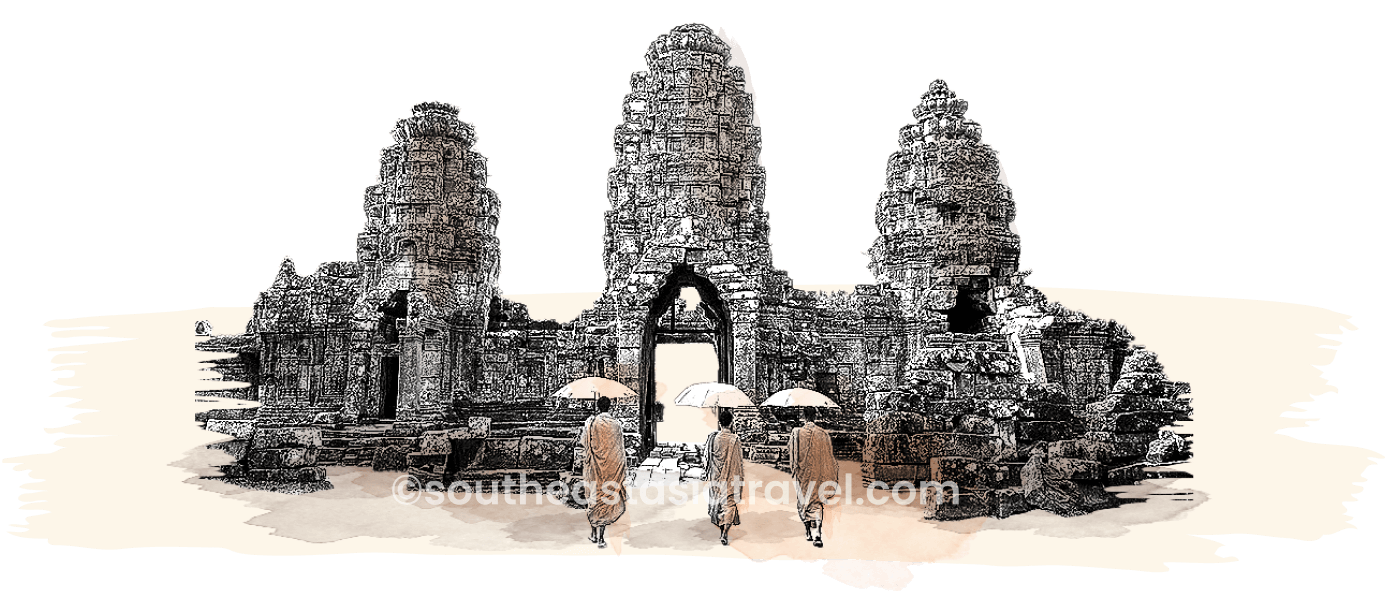
PhnomPenh
Siem Reap
Bangkok
Chiang Mai
Yangon
Mandalay

With over 15 years of experience, our team will help you choose the perfect for your adventure.

Authentic

Flexible

Persionalized

24/7 Support


Destinations of this tour
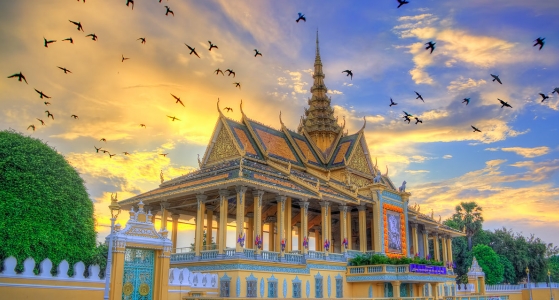
Phnom Penh is the most populous city in Cambodia and supposed to the most beautiful French built city in Asia. Abandoned during the Khmer Rouge period and with very little development until the 21st century, Phnom Penh has avoided the mass modern high rise development of other cities in the same area. The city maintains a unique vibrancy and provides a fascinating contrast between old and new. For many visitors, Phnom Penh is a transit stop before hopping on to Siem Reap, nevertheless, there are plenty of reasons to linger in the city. From the historical significant sites to understand what happened in Cambodia during the Khmer Rouge and Pol Pot years to the astounding temples and palaces to explore the classic Khmer architecture that make Phnom Penh an excellent location to spend a few days before heading into other parts of the country. Aside from sightseeing, Phnom Penh has a range of options for nightlife options and restaurants, including some great rooftop bars. There are a plethora of street stalls where you can fill up on noodle dishes, filled baguettes and fruit shakes. The bustling riverfront and Sisowath Quay are lined with cafés, restaurants and bars serving cuisine from all over the world. Boeung Keng Kang is also packed with swish cafes, restaurants and bars. The restaurants are reasonably priced, and many visitors end up lingering in Phnom Penh for the restaurant scene.
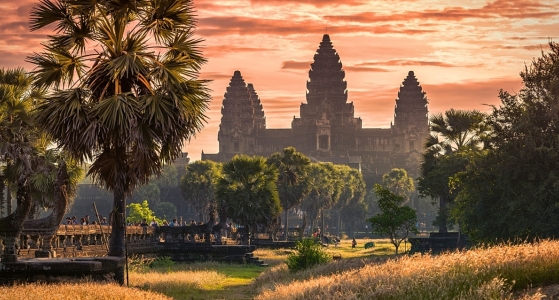
Siem Reap is the gateway to Cambodia’s vast and spectacular temples of Angkor undoubtedly one of the world's greatest archaeological sites. Constructed between the 9th and 15th centuries, these magnificent temples were once the grounds for the Khmer Empire’s capitals. The Angkor Archaeological Park covers around 400 sq km, and the largest, most well-known temple is Angkor Wat. The mysterious architectural techniques used to construct these temples still amaze the world today. Apart from the temples, one can take a Vespa ride and weave through the streets with a local guide on a street food tour. Head into the countryside for a cooking class, cycle or even ride a quad bike along the backroads, passing villages, paddy fields and taking in a more peaceful side to the city. Further afield is Southeast Asia’s largest freshwater lake - the Tonlé Sap. Cruise past the villages of stilt houses rising from the lake, such as Kampong Phluk town that soars above the water in the dry season and sits on top of the water in the rainy season. Welcoming 2.6 m tourists annually, Siem Reap is one of the biggest tourism hubs in Southeast Asia. From exploring ancient temples and floating villages to indulging in exquisite Khmer cuisine and relaxing in luxurious resorts, the town promises an unforgettable experience that blends cultural immersion with modern comforts.
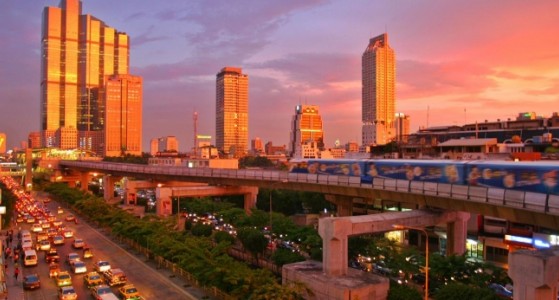
Buzzing, humid and energetic, Bangkok is the city where magnificent temples, historic markets, skyscrapers and rooftop bars create an intoxicating vibe that's hard to resist. The city is a mesmerizing blend of old and new, East and West, and dizzying contradictions. Historical sites next to vibrant nightlife areas, bustling markets near modern shopping malls, and street food vendors close to world-class restaurants. Hence, the city is still fascinating for its traditional culture. Saffron-robed monks weave among the morning rush hour to collect alms; communities dwell in stilt houses by the Chao Phraya River, eking out a living using centuries-old skills. A city tour in Bangkok often begins in Rattanakosin, drawn by the Grand Palace and Wat Pho. It's here the Chao Phraya River separates the city proper from its old capital Thonburi, a spot where quitet, narrow canals and floating markets illustrate why Bangkok was once called 'Venice of the East'. East of the canals is modern Bangkok, a hive of activity with countless businesses, markets and shopping malls handily connect by the BTS Skytrain. As a city that feels alive day and night, Bangkok is the destination for all, from foodies, shopaholics, culture seekers, history lovers, urban explorers, even party animals. That makes the well-known Southeast Asian gateway one of the world's most visited cities.
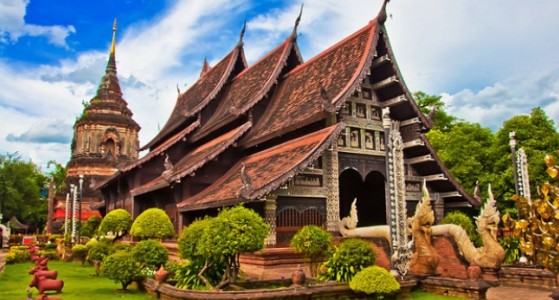
Fame as 'the rose of the North', Chiang Mai is an alluring city brimming with glittering temples, lush jungle, delicious streetfood and the bustle of lively markets. As the gateway to the mountains in northern Thailand, Chiang Mai has grown far beyond the medieval city walls that once marked it as the ancient capital of Lanna Kingdom. Nevertheless, its temple-lined backstreets still conjure up the glory of the old empire and it is still possible to get a feel for Chiang Mai's Thai culture and traditions. Ancient shrines and traditional wooden houses jostle for space with boutique hotels, stylish restaurants and trendy bars of this northern town as well as its welcoming customs and laidback pace of life leads to a rising footfall of enthusiastic tourists with each year. Home to a vast number of national parks, lush tropical jungles, hidden waterfalls, stunning rivers, and animal sanctuaries, Chiang Mai is an unmissable stop-off point for many outdoor adventure-seeking travellers. From trekking to the villages of Thailand's hill tribes to other adrenaline activities including mountain biking, white-water rafting, rock climbing expeditions and zip-lining through the rainforest canopy that makes Chiang Mai a perfect getaway.
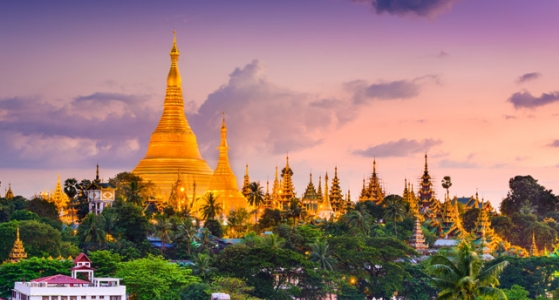
Yangon, or Rangoon as it was once known, is the gateway to Myanmar for most travelers. Though no longer the capital, Yangon remains Myanmar’s commercial heart and also the core of its spiritual life. The city has got a lot of contrasts, with the gentle bustle of traditional shophouses sitting side by side with the stark grandeur of 19th-century facades. A city tour might begin with the gleaming golden Shwedagon Paya, one of Yangon's most compelling attractions. Wandering around the warren of historic streets closer to the waterfront is a great way to learn about the city's colonial-era history. Further afield, visit the intriguing old cities of Amarapura, home to an ancient and famous teak bridge, over a kilometer long, and the incredible stupas from Sagaing. Jump aboard the Yangon Circle train, the most popular form of travel for local Yangonites, as it trundles along 29 miles of bumpy track through the city’s suburbs. Commuters, monks and snack-selling vendors hop on and off; spend time at some stops visiting tea shops and local markets nearby. Explore the Chinatown lying between Shwedaungtan and Shwedagon Pagoda streets. Starting from the 19th street to experience the street food in Yangon; outside seating, bustling local life and a boozy night scene. The Maha Bandula road is one of the busier for street food in Yangon. The area varies from with street food from delicious shan noodles and fried street foods to insects and cooked innards.
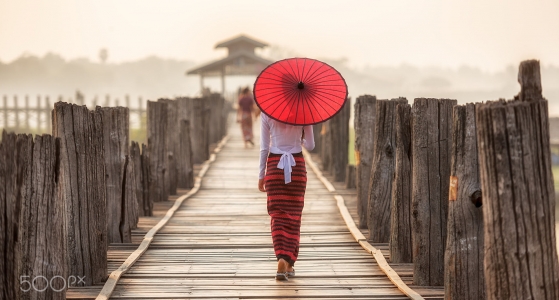
Known as the major destination on travellers’ itineraries after Yangon, Mandalay once served as the last royal city of Burmese kingdom before the country was colonised by Britain in 1885. As a home to fascinating monasteries, gem covered temples and the huge fortifications of the former royal palace, Mandalay now is the country’s second biggest city, a major commercial and cultural center. You can get a great feel for the city and its position in the heart of Myanmar as you watch the sunset from Mandalay Hill. Remember to leave your shoes in a shoebox at the bottom since it is a pilgrimage site not allowed to bring your shoes to the top of the hill. Apart from visiting the pagodas, temples and monasteries, take time to venture off outside of the city for many attractions in the surroundings. Visit the U Bein Bridge, the longest teak bridge in the world, built on Taungthaman Lake in 1849 in Amarupa, a township of Mandalay. From Mandalay, you can take a boat trip on the Irrawaddy River to the village of Mingun, famous for its brick pagoda built by King Bodawpaya in the early 19th century. It is home to one of the largest bells in the world with its 90 ton weight. The village of Sagaing, with its hill offering panoramic views over the Irrawaddy River, is also worth a visit. Like any other big cities, there’s no better way to explore Mandalay than immersing yourself in its sights and sounds of daily life. The cuisine here is an exotic blend of noodles, seafood, and rice, spiced up and enhanced by condiments and salads. Fruits, a feature of the tropical climate, are also an important part of this cuisine. The food has been influenced by the techniques, ingredients and flavors of Myanmar’s neighbors: Thailand, India and China. Head down to Zay Cho market, or one of the many other streets of bustling stalls, to sample an array of traditional Burmese and international dishes.
OTHER TOURS YOU MAY LIKE
Vietnam Cambodia Tour Package
Only From $2240/person
All Inclusive ServiceThis Tour
Indochina Heritage Journey
Only From $3320/person
All Inclusive ServiceThis Tour
Amazing Vietnam and Cambodia
Only From $1875/person
All Inclusive ServiceThis Tour

Customize this tour with us!


Adventure Travel Trade Association


American Society of Travel Agents

Family Travel Association


TripAdvisor


Wikipedia


World Travel Awards
ABOUT US
Our storyTrusted Travel CompanyWhat Makes Us DifferentMeet Our TeamSoutheast Asia Travel GuideSoutheast Asia Tour HighlightsPre-departuresDeposit & PaymentCancellation PolicyTerms and ConditionsOur Destinations
Vietnam ToursCambodia ToursLaos ToursMyanmar ToursThailand ToursSingapore ToursIndonesia ToursMalaysia ToursPhilippines ToursWith over 15 years of experience in the tourism field, Southeast Asia Travel company has built a solid reputation as experts in designing custom tours across Southeast Asia: Vietnam, Laos, Cambodia, Thailand, Singapore, Malaysia, Indonesia, Myanmar, Philippines... Read more
